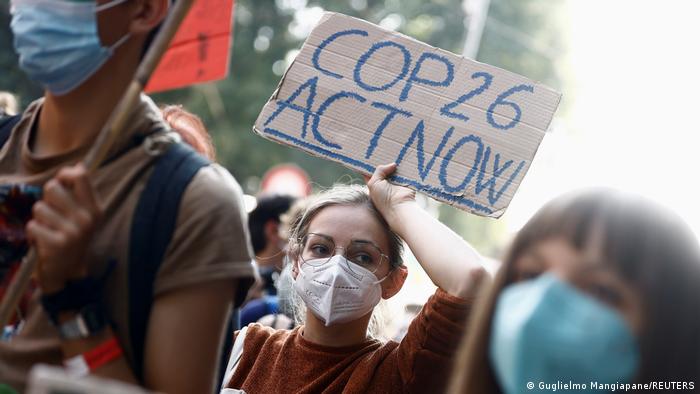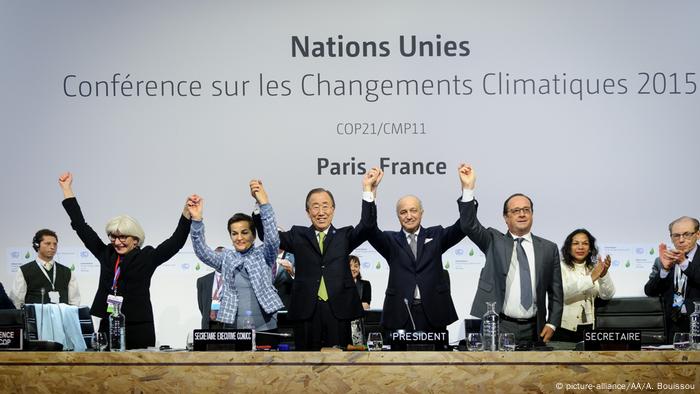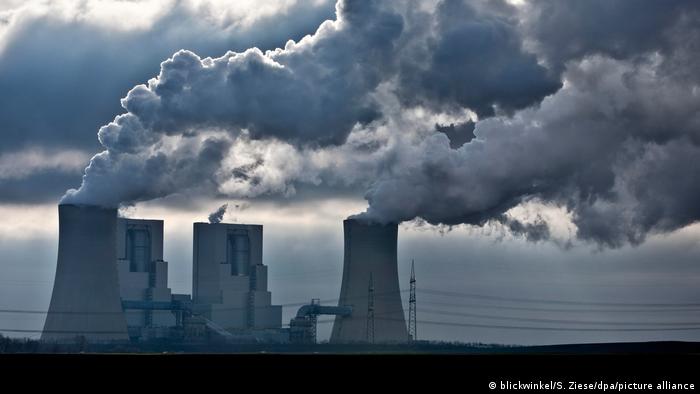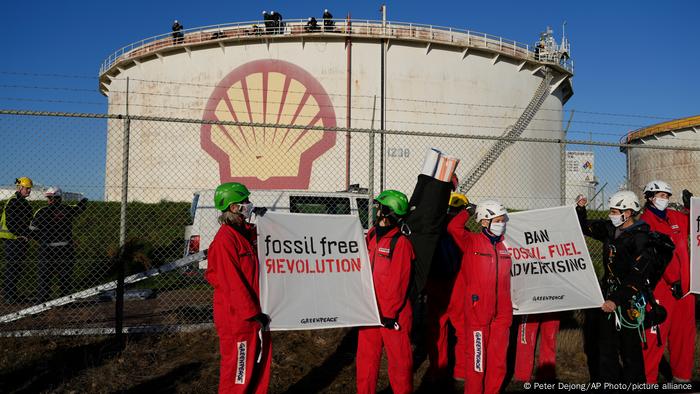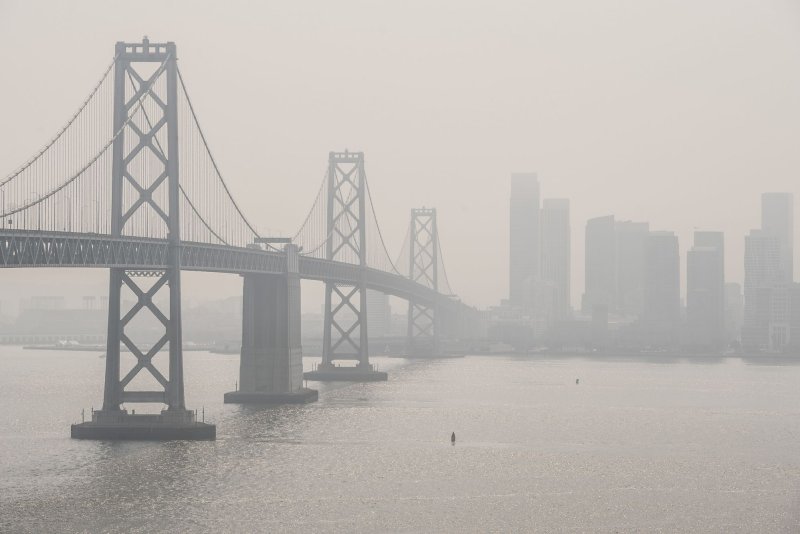
- In this Feb. 5, 2018, file photo, defendant Liane Shekter Smith listens during a preliminary examination in the cases of four defendants, all former or current officials from the Michigan Department of Environmental Quality, in Flint, Mich. Shekter Smith, the only Michigan official fired in the Flint water disaster, was likely a “public scapegoat” who lost her job because of politics, an arbitrator said in ordering $191,880 in back pay and other compensation. (Jake May/The Flint Journal via AP, File)
DETROIT (AP) — The only Michigan official fired in the Flint water catastrophe likely was a “public scapegoat” who lost her job because of politics, an arbitrator said in ordering $191,880 in back pay and other compensation.
It’s a remarkable victory for Liane Shekter Smith, who served as head of the state’s drinking water office when Flint’s water system was contaminated with lead. She was removed and then fired in 2016 and subsequently faced criminal charges in one of the worst environmental disasters in U.S. history.
Shekter Smith was dismissed while engineers in her department — the “boots on the ground” in Flint — were suspended with pay before ultimately returning to work, the arbitrator said in a 22-page report obtained Wednesday by The Associated Press.
Sheldon Stark said the state had failed to offer enough evidence to justify the firing of Shekter Smith, who had an “exemplary” record in government.
The arbitrator noted that Keith Creagh, director of the Department of Environmental Quality, fired Shekter Smith without even speaking to her about Flint or waiting for a state police investigation that exonerated her.
“No one ever asked (Shekter Smith) for her story,” Stark said.
“Politics and the need for a public scapegoat helps explain why Shekter Smith might have been terminated when so many others who were directly involved and actually did make” decisions in Flint were not fired, Stark said in his September report.
He ordered $166,053 in lost wages before a likely spring 2017 retirement and $25,827 in 401(k) retirement compensation. The state agency, which now is known as the Department of Environment, Great Lakes and Energy, declined to comment on the arbitrator’s decision but said an appeal was being considered.
A message seeking comment was left for Shekter Smith’s attorney.
“I’m dumbfounded. She was their boss,” said LeeAnne Walters, a Flint resident who is credited with exposing the lead contamination. “The system just spit in the face of every resident who died or was harmed. She should not be compensated for harming people.”
Walters took her concerns to Shekter Smith in 2015 but felt “an air of untouchability.”
The department defended the firing in a legal brief.
“Part of accepting a high-level position in government is also to accept responsibility for oneself and for the actions of those one supervises and accountability for results,” the agency told the arbitrator.
In 2014-15, Flint’s water was pulled from the Flint River, a money-saving decision that was made by state-appointed managers who were running the ailing city. The highly corrosive water wasn’t properly treated before it flowed through aging pipes to roughly 100,000 residents, causing lead to leach from old pipes.
The disaster in majority-Black Flint has been described as environmental racism. In 2016, a task force appointed by then-Gov. Rick Snyder, a Republican, said his environmental agency misapplied lead-and-copper rules and “caused this crisis to happen.”
The arbitrator’s report reveals behind-the-scenes moves by Snyder’s influential fix-it man, Rich Baird, who asked Creagh to take control of the department after a director quit amid the scandal.
Creagh testified that Baird “encouraged Shekter Smith’s termination.”
Richard Benzie, who supervised the state engineers making key decisions in Flint, was not disciplined but “promoted and given more responsibility!” the arbitrator said in highlighting different treatment.
After her discharge, Shekter Smith was charged with misconduct in office and neglect of duty, and put on notice that an involuntary manslaughter case would be pursued because bacteria in the water were linked to a fatal outbreak of Legionnaires’ disease.
But charges were dropped in 2019 in exchange for a no-contest plea to an obscure misdemeanor. The case was erased after a year, under a deal with special prosecutor Todd Flood.
Flint’s water quality greatly improved after it returned to a regional water supplier and replaced thousands of lead or steel service lines. Meanwhile, nine people, including Snyder and Baird, were charged with crimes in January after a new investigation. Their cases are pending.
___
Follow Ed White at http://twitter.com/edwritez









